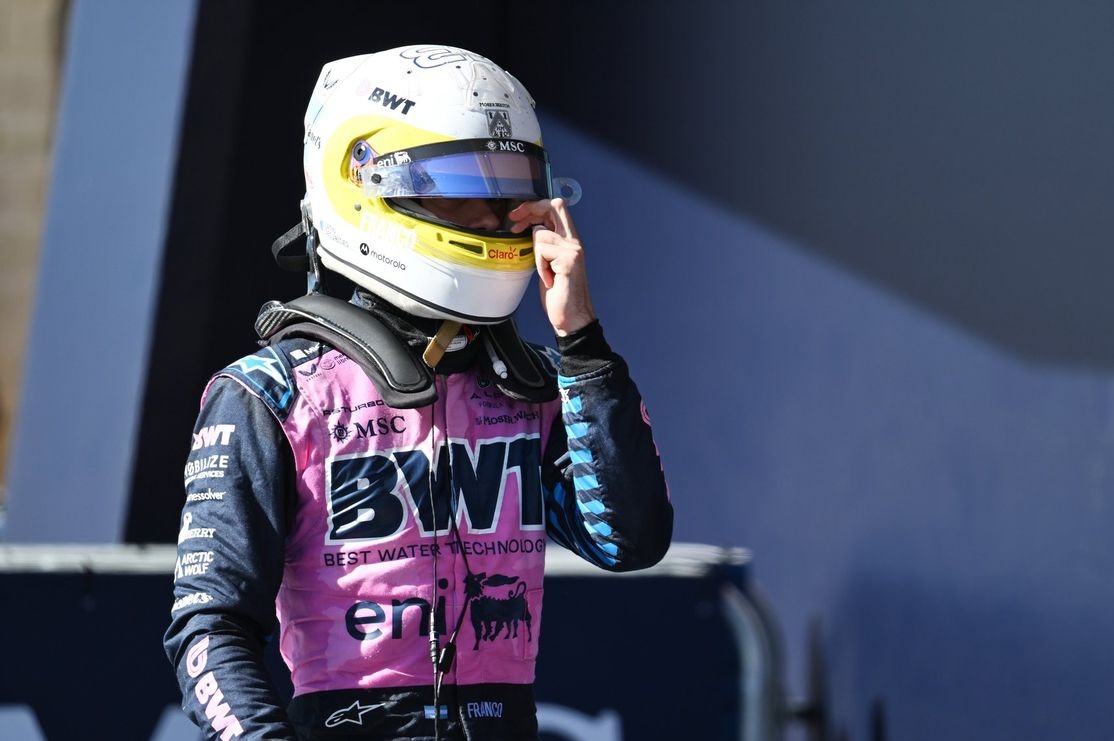Alpine F1 Driver Franco Colapinto Discusses Team Orders and Race Challenges
Franco Colapinto, the Alpine Formula 1 driver, recently shared insights regarding team dynamics and his racing experience during the United States Grand Prix. His comments came in the wake of a situation where he opted to ignore a team directive, emphasizing the importance of following team instructions in the sport.
Context of the Race
During the Austin race, Colapinto found himself in a competitive environment, particularly in the final laps. After making an early pit stop on lap 13, he faced significant pressure from Sauber’s Gabriel Bortoleto, who was eager to improve his position towards the end of the race. The pressure intensified as the race progressed, especially in the last ten laps, where Colapinto was not only focused on his own performance but also on the potential threat from Bortoleto, who was closely trailing him.
Team Orders and Racing Decisions
In a crucial moment on lap 54, Alpine communicated to Colapinto to maintain his position and not attempt to pass his teammate, Pierre Gasly. This instruction led to confusion for Colapinto, who expressed his surprise by questioning the rationale behind the order. He noted that he was gaining on Gasly at a rate of 0.7 seconds per lap, prompting him to feel that overtaking was a strategic move, especially with Bortoleto applying pressure from behind.
Despite the directive from the team, Colapinto made the decision to overtake Gasly, ultimately finishing the race in 17th place, just ahead of Bortoleto, while Gasly crossed the line in last position. This decision sparked discussions about the balance between team orders and individual racing instinct.
Team Accountability
Following the race, Colapinto addressed the incident, acknowledging that the team had a conversation regarding the situation. He reiterated the importance of adhering to team instructions, stating, “It is clear that instructions by the team must always be followed no matter what.” This statement highlights the collective goal within the team to improve continuously and work together through every session and race weekend.
In contrast to his post-race comments, where he expressed his understanding of the situation, Colapinto’s reflections after the race indicate a desire for more autonomy in decision-making during critical moments. He mentioned, “They let us race on other tracks; I think here, for the situation I was in—I was attacked very heavily by Bortoleto—it was probably best to have me in front.” This illustrates the tension that can arise when team strategy and individual performance intersect.
Race Performance Analysis
Colapinto’s experience in Austin was not without its challenges. He acknowledged that the weekend was particularly tough for him due to several factors, including limited practice time and difficult track conditions. He stated, “Having just one practice session, the tricky conditions, and not being able to find the right balance all played into a tough weekend on my side.” This candid admission reflects the challenges many drivers face in the high-stakes environment of Formula 1 racing, where conditions can change rapidly and impact performance.
As Alpine continues to navigate a difficult season, Colapinto emphasized the need for the team to analyze and understand the challenges they faced in Austin. He remarked on the importance of using data to assess their performance and identify areas for improvement moving forward. “We need to understand more closely why we struggled so much with the car and work to fix this going forward,” he said, expressing a commitment to overcoming their current hurdles.
The Bigger Picture for Alpine F1
The situation at the United States Grand Prix is just one chapter in what has been a challenging period for Alpine. The team has had a tough time in recent races, with both cars finishing outside the top 15 in their last four outings. This performance trend has raised concerns about their competitiveness and the effectiveness of their car design as they approach the end of the season.
Colapinto’s reflections on the race and his interactions with the team highlight the complexities of racing in Formula 1, where communication and strategy play a critical role in achieving success on the track. As the team looks ahead, it’s clear that they are focused on addressing their performance issues and striving for improvement.
Conclusion
Franco Colapinto’s experience during the United States Grand Prix serves as a reminder of the unique challenges faced by Formula 1 drivers. The interplay between following team directives and making independent decisions on the track can significantly influence race outcomes. As Alpine continues to work through their current struggles, the insights shared by Colapinto will be invaluable in shaping their strategy for the future. The team remains committed to refining their approach and enhancing their performance as they look forward to the remainder of the season.
In the fast-paced world of Formula 1, where each decision can have significant repercussions, the lessons learned from each race are crucial for both drivers and teams as they strive for excellence on the track.
